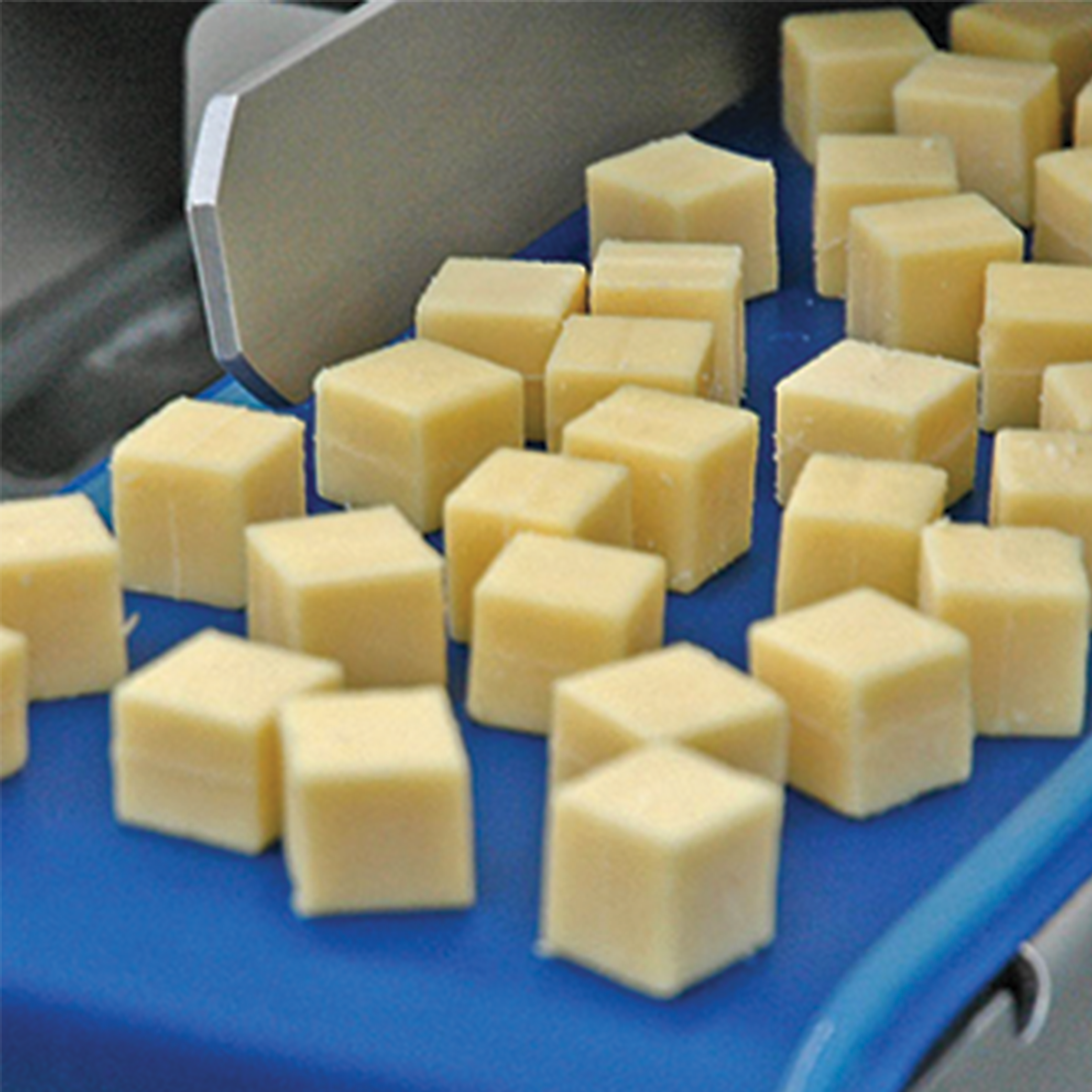The majority of pet owners will tell you that their pet is considered a member of the family; but it is only relatively recently that this familial status has been reflected in the way we feed them. Go back 10-15 years and all you would find on supermarket shelves would be a limited number of food varieties in standard 400g tins, with multipacks all containing the same variety. Fast forward to the present day and it is fair to say that the pet food industry has undergone a renaissance. Owners are now spoiled for choice as they face walls of exotic flavours, made from premium healthy ingredients, prepared (it appears) by Michelin-starred chefs, packaged in innovative containers and backed by multi-million Euro advertising campaigns. This incredible level of variety and product differentiation maybe good for the owners (and of course their pets), but it creates a logistical nightmare for the producers’ manufacturing and packaging operations. Not only do they have to cater for a wider choice of flavours and packaging formats, but they also have to create mixed packaging arrays that deliver the all-important dietary variety. “It’s a pain point,” explains Wim Kruikemeijer, Area Manager Northern Europe and Global Petfood Manager at Cama Group. “Many people no longer want to feed their cats or dogs the same flavour every day, so there has been an incredible pull from the market for greater variation. This is good for the animals too, as it delivers greater dietary variety. As a result of this, many of the premium pet food suppliers are looking to mix flavours and then package them in shelf-ready cartons – with as many as six flavours in each carton. If this is undertaken manually, it is an incredibly labour-intensive task.
Variety-driven market pressure
“There has also been a major shift away from the typical 400g tin,” he adds. “The humanisation of pet food has resulted in more premium-look-and-feel packaging – on a par with human food packaging – with single-portion servings of fresher food gaining significant headway in this crowded market.

Compounding these widely varying demands is a growing decline in plastic acceptance, which is seeing a move back to metal and recyclable packaging, albeit in varying sizes. Manufacturers have certainly got interesting times ahead and, as a result, so do the packaging technology companies.” In a typical wet pet food operation, the meat is prepared, sterilised and packaged before being quarantined for up to a week to catch any quality issues before going to market. After the quarantine period all the flavours are collected, mixed offline and then packed into secondary cartons and boxes. This secondary packaging is either fully automated, semi-automated or, in many cases, completely manual. “For one plant we support, the first step towards their wider automation was a semi-manual process for creating and closing the cartons,” Kruikemeijer explains, “but this is just one example of the way that companies can move towards automatic packaging processes. Our technology allows companies to match their aspirations and take gradual steps; it totally depends on the customer and how they want to achieve their automation levels.” Cama is in the perfect position to help pet food companies – both large and small – to realise greater efficiencies through the automation of packaging operations. “We’ve been supporting this industry for over 15 year now,” Kruikemeijer elaborates. “We have helped many companies across the globe absorb the impact of changing market dynamics. We’ve seen the natural progression of packaging, starting with cans, onto trays, into pouches and now back to cans again. We’ve also addressed the multi-flavour issue thanks to tightly integrated and highly flexible automation infrastructures and in-house-develop robotic pick-and-place systems. Indeed, this industry is not unlike the coffee industry, in which we are a market leader, with its huge variety of packaging concepts.

Major packaging challenges
In a recent project, Cama was tasked with developing a new secondary packaging solution for one of the worlds largest food and confectionary suppliers, at a brand-new greenfield site in India. The customer, seeing a 30% increase in noodle demand even before the pandemic, was eager to start exploiting the capabilities and flexibilities that automation would deliver and called upon Cama to bring its expertise to the project. “This was a big project,” Rocca explains. “The market in India started livening up in 2018 and, based on our experiences with the customer – for whom we installed the first noodle line 15 years ago in another country – we were asked to develop a solution for its new site. Part of the reasoning from both sides being that we could bring all of our experiences and technological evolution over the past 15 years and deploy them in this new site. “There are two approaches to this type of application,” Rocca elaborates. “The question is do you side load, or do you top load? Our solution specified sideloading for a number of reasons, but primarily because in this application you gain better control of the product, especially considering the throughput levels. The customer had also experienced mis-packing problems from a competitor’s top-loading machine at another group plant, so was not eager to face the same issues.” Cama’s solution comprised two of its Breakthrough Generation (BTG) IN Series case packers, each of which would be fed by three high speed in-feed lines. The important figures being an infeed of 990 packs per minute and an output of 11 RSC cases per minute.
Defining the industry standard

From a technology perspective, Cama’s Breakthrough Generation (BTG) solutions are setting the standard in secondary packaging. The BTG approach comprises modular, scalable frameworks that offer easy entry and access, coupled to a hygienic machine design. Within this framework, contemporary automation solutions, including advanced rotary and linear servo technology, can be tightly coupled to in-house-developed robotics, to deliver the all-important flexibility and adaptability required by modern packaging operations. “Cama, as a company, is highly flexible and offers the capability and mindset to think outside the box, not just as a machine manufacturer,” Kruikemeijer explains. “We’re more and more thinking like a line-side operator or maintenance engineer, imagining how we can make our machines even easier to use and maintain. We are capable of listening very carefully to the customer and what keeps them awake. This is part of our uniqueness. Sometimes you need to learn from the customer and then think almost like a child. ‘Is it too complicated?’, ‘Can we make it simpler?’ and ‘How do we keep it practical?’ “We have multiple successes under our belts, from some of the world’s leading brands… and lots of small local ones too,” Kruikemeijer concludes. “They all have the same challenges, just on a different scale. The future will centre around sustainability and this will be compounded by shorter product lifecycles, so flexibility is paramount if an end user is to get the best possible return from their automation investment. The whole of industry is undergoing the same type of paradigm shift, and we see it as a personal responsibility to make sure our customers can all stay ahead of the game.”






